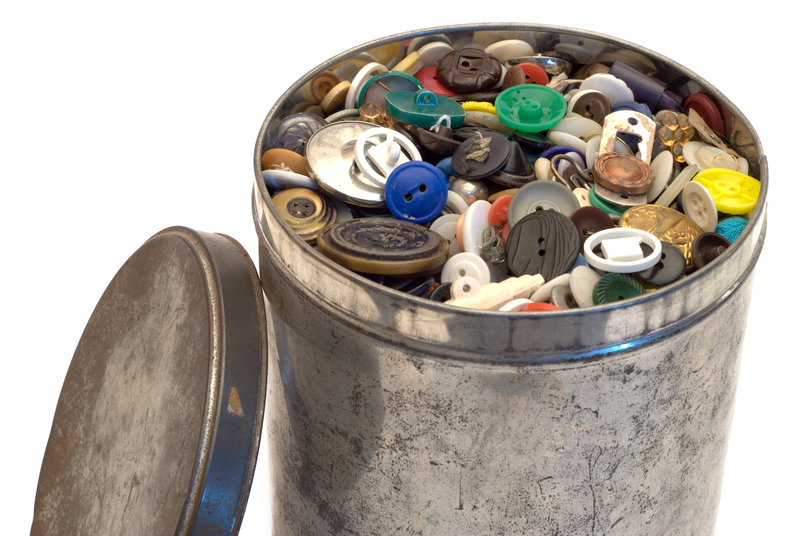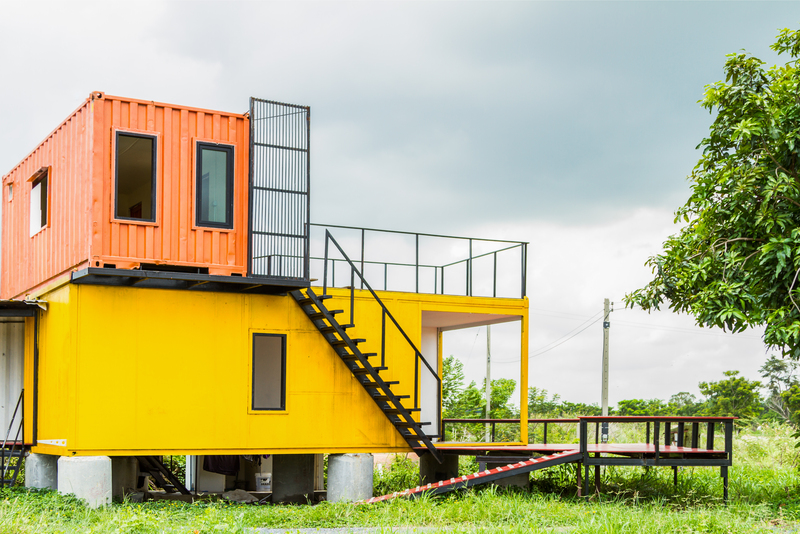Effective Construction Waste Removal Tips
Posted on 29/01/2025
Construction projects, whether large-scale commercial buildings or small home renovations, often generate a significant amount of waste. Proper management and removal of construction debris are crucial for maintaining a clean and safe worksite as well as for minimizing environmental impact. Here, we delve into effective construction waste removal tips that can streamline your projects, improve site safety, and foster sustainable practices.
Understanding Construction Waste
Before diving into removal tactics, it's essential to understand the types of waste generated during construction activities. Construction waste generally falls into several categories:
- Inert Materials: Concrete, bricks, tiles, and ceramics.
- Non-inert Materials: Wood, metals, plaster, glass, and plastics.
- Hazardous Waste: Asbestos, chemicals, contaminated soil, and treated wood.
- General Waste: Packaging materials, broken tools, and office waste from construction sites.
Knowing these categories helps in planning effective removal strategies tailored to each type of waste.

Segregate Waste at Source
The first step towards efficient construction waste removal is segregating waste at the source. Use separate bins or designated areas for different types of waste. This practice can both streamline recycling processes and ensure that hazardous materials are properly handled. Here are some segregation tips:
- Label bins clearly to avoid mixing waste types.
- Provide training to workers on proper segregation practices.
- Use colored bins to simplify the sorting process visually.
Implement a Waste Management Plan
A comprehensive waste management plan is paramount for effective waste removal. This plan should outline:
- Types of waste anticipated.
- Segregation and collection methods.
- Disposal and recycling protocols.
- Roles and responsibilities of team members.
You can create a detailed timeline for waste removal activities as part of the plan, ensuring that waste doesn't accumulate and become unmanageable.
Reduce Waste Generation
One of the most effective waste removal strategies is reducing the amount of waste generated initially. Here are some ways to minimize waste:
- Accurate Planning: Calculate material needs accurately to reduce excess ordering.
- Design Considerations: Implement designs that use standard sizes and dimensions for materials.
- Recycling and Reusing: Look for opportunities to reuse materials on-site or recycle them into new projects.
Adopting a lean construction approach can significantly reduce the waste generated during building projects.
Partner with Reputable Waste Removal Services
Handling construction waste efficiently often requires partnering with professional waste removal services. These companies offer:
- Specialized containers and bins for various types of waste.
- Scheduled pickups to keep the site clean and compliant with regulations.
- Expert handling of hazardous materials.
Research local waste removal services to find a reputable partner with experience in construction waste management. Check their adherence to environmental regulations and their recycling practices before committing.
Recycle and Reuse Materials
Recycling and reusing materials reduce the volume of waste that needs removal. Many construction materials can be given a second life through recycling:
- Concrete: Crushed and reused as aggregate for new concrete or road base material.
- Wood: Treated and reused in new constructions, or chipped for mulch and biomass fuel.
- Metals: Melted down and reformed into new metal products.
- Plastics: Recycled into new plastic products.
Establish a network with local recycling facilities to facilitate the recycling process. Additionally, consider on-site recycling where feasible.
Educate and Train Workers
The success of your waste management plan hinges on the cooperation and understanding of your team. Regular training sessions on waste separation, recycling procedures, and safe handling of hazardous materials can enhance compliance and efficiency:
- Conduct training sessions during project onboarding.
- Provide clear, written guidelines and visual aids around the site.
- Encourage best practices through regular toolbox talks.
Promoting a culture of sustainability and responsibility can significantly improve your waste management outcomes.
Utilize Technology and Software
Advancements in technology offer tools and software that can aid in effective construction waste management. Consider adopting:
- Waste Tracking Software: Monitors waste quantities, types, and disposal methods to ensure compliance and optimize processes.
- Supply Chain Management Tools: Helps in accurate material ordering and reducing excess inventory.
- Recycling Apps: Find nearby recycling centers and track recyclable materials.
Integrating these technological solutions can provide valuable data and insights, helping you refine and enhance your waste management strategies.
Adopt Sustainable Practices
Implementing sustainable practices not only benefits waste management but also contributes to broader environmental goals. Examples of sustainable practices include:
- Green Building Materials: Use materials that are renewable, recyclable, or have lower environmental impact.
- Energy-efficient Construction Techniques: Reduce waste by minimizing the energy required for building processes.
- Lean Construction Principles: Eliminate waste through continuous improvement and efficiency strategies.
These practices can be incorporated into your waste management plan to enhance the sustainability and efficiency of your construction projects.

Monitor and Evaluate
The effectiveness of your waste removal strategies should be regularly monitored and evaluated. Keep track of:
- Volume and types of waste produced.
- Success of waste segregation and recycling efforts.
- Compliance with local and national waste regulations.
Periodic audits and reviews can highlight areas for improvement and ensure that your waste management plan remains effective and up-to-date.
Conclusion
Effective construction waste removal requires a well-thought-out strategy, involving everything from waste segregation and reduction to partnering with reputable service providers and leveraging technology. Educating and training your workforce, adopting sustainable practices, and continuously monitoring and evaluating your practices are also critical components. By implementing these tips, you can manage construction waste more efficiently, ensuring a cleaner, safer, and more environmentally responsible job site.




